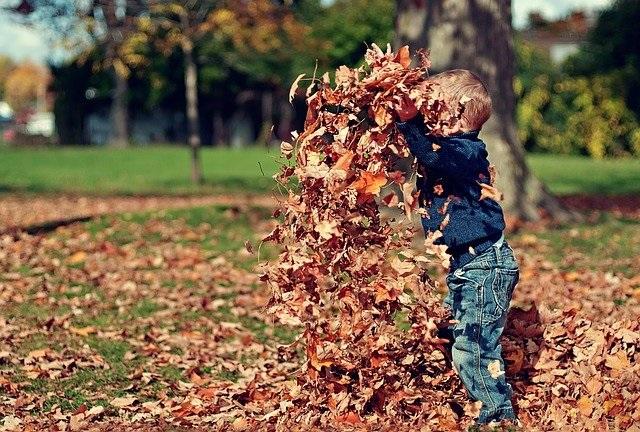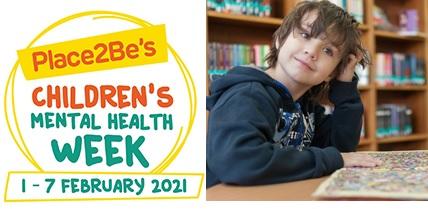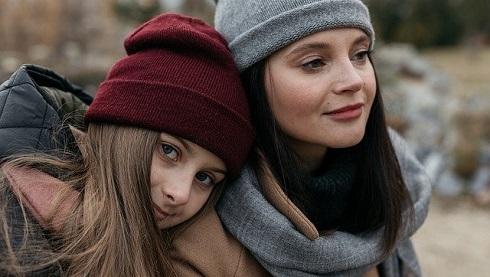
Published on: 04/02/21
For Children’s Mental Health Week, Coral Romain, education consultant at The Children’s Trust School shares how the school is looking after the young people’s emotional wellbeing during the pandemic.

Published on: 04/02/21
Since the pandemic began, almost everything in our lives has changed. Things we have always done and held onto, to feel safe, connected and calm have been disrupted and threatened. We’re all looking for the resources we need to find our way back to a sense of wellbeing, yet we are also being swamped by information, fear, instructions and uncertainty. We may know (intellectually) how and what we need to do – but putting it all into action seems another world away.
We know that we cannot simply ‘pick up where we left off’, so we are going to have to create some sort of ‘bridge’ between what we have experienced and what the future will look. We need to acknowledge what we have learned and how we might want to do things a little differently from now on.
Young people’s education has been disrupted, and of course we want our young people to come back to learning safely, to bring the essential structure we all need to rebuild relationships and opportunities for the future – but we need to make sure that we keep focusing on restoring their health and emotional wellbeing.
When children, young people and adults feel comfortable, cared for and safe, we feel a sense of ‘wellbeing’ – we can cope with all sorts of challenges – we can learn.
Professor Barry Carpenter, the UK's first Professorship in Mental Health in Education at Oxford Brookes University, has outlined the importance of our role as the ‘vehicle’ for supporting and enabling wellbeing.
He has helped us to understand, through recent research (2020), that we need to reflect on what has happened and acknowledge that we have all experienced many losses – he identifies the following five, but there may be many more and this applies to all of us across the world:
1. Loss of routine
2. Loss of structure
3. Loss of friendship
4. Loss of opportunity
5. Loss of freedom.
This has the potential to evoke feelings of anxiety and loss. For our young people these losses were sudden, traumatic, inexplicable, and were just a series of endless experiences of a ‘now’ without almost everything they needed to mark each day.
We are taking this opportunity to re-think what really matters for the young people in our School, and consider what happiness, success and achievement will look like for them.
There have been some really wonderful moments, where some young people have flourished within their bubbles – interacting with people they know well, engaging with family and friends online, having lots of attention, and a calmer and more peaceful routine.
We have to prioritise. Each day is a challenge and we are taking the lead by noticing what the young people need. We are working closely with each other and with families, carers and therapists to help us to adjust what and how we teach – so that each child or young person is able to see, hear and feel a real sense of belonging.
Instead of asking what is next on the curriculum, we are asking – what does this young person need to help them learn, right here, right now, so that they can move successfully into their own futures?
We also know that we will be asked ‘so how is this young person progressing?’ – so the core progress we are starting with, is how can we improve the happiness and wellbeing of each young person. We are considering our outcomes in terms of…
How we can evidence that we are enabling each young person to:
• Reconnect
• Remember and reflect
• Repair
• Restore
• Re-engage with their world and with learning with curiosity and resilience.
We have used research to put together a happiness and wellbeing profile so that the place we start is where each young person is – right here and right now. We are using the profile to find out all the things that make each young person happy, content, smile, relax, and have fun. Then we suggest next steps, using the table below (the Happiness and well-being profile is available). By using this profile, we will be able to work together across all areas of a young person’s life, and track this journey of recovery together towards meaningful learning.
This project is not just for our children and young people – it is for each of us to do this with each other. Just doing this has made me feel worthwhile and has made me smile again. The next question is – is this process only important now? Or has this always been and should always be at the heart of everything we do?
We also need to acknowledge that without the extraordinary resilience, strength, determination and joy that the staff teams who have worked with our young people, have shown – none of this work would be possible.
Key aspects of wellbeing |
The next step we can take to improve this aspect |
| Positive emotion: Sense of pleasure including happiness and opportunities for positive life experiences |
|
| Engagement: Being absorbed by an activity? Being in a state of ‘flow) |
|
| Relationships: How we will restore and develop links with other people – in the way that works for each individual |
|
| Meaning: Belonging to and being a part of something that is bigger than yourself (community, meaningful activity) |
|
| Achievement: Accomplishment pursued for its own sake – big or small |
|
| (Health): (added by The Children’s Trust School for learners as essential) Maintenance improvement of physical and emotional / mental health and wellbeing |

Our school is a non-maintained special school supporting children and young people aged 2-19 with a wide range of needs including complex education, health, therapy and care requirements.

For Children’s Mental Health Week, we’re sharing resources that can help young people with anxiety, worries and staying connected.

Claire Wood, Lead Music Therapist (Neurorehabilitation) at The Children’s Trust, shares tips that are not just relevant for the pandemic, but for life.